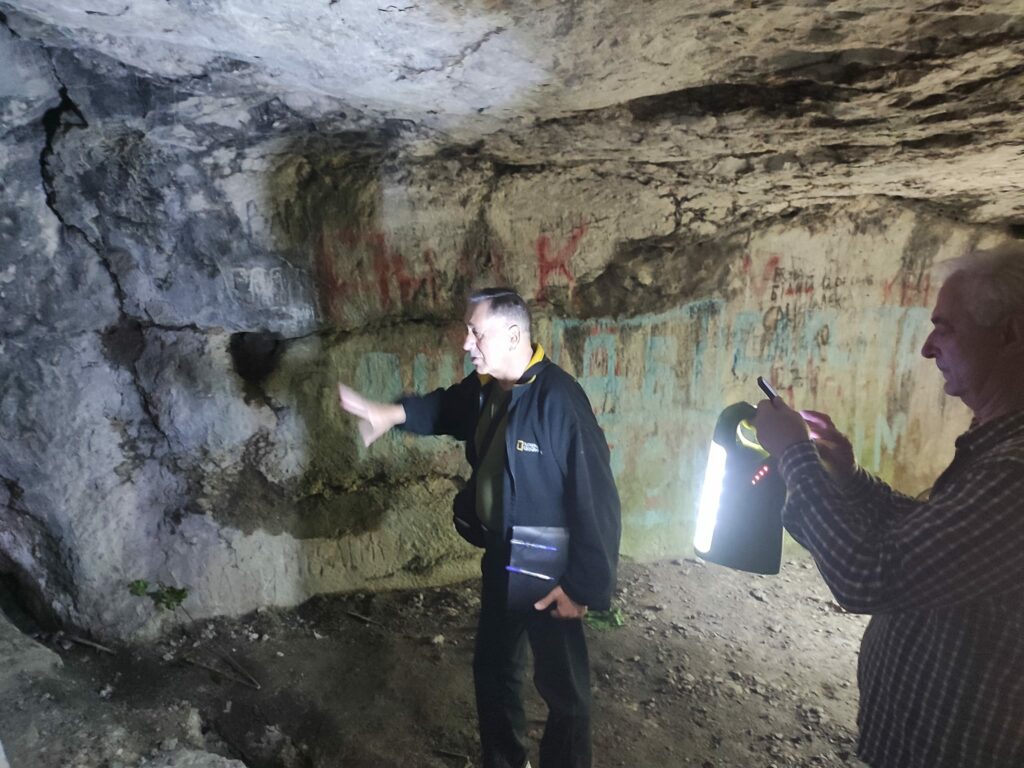Among the numerous ancient monuments of Middle Transnistria, the rock cave complexes near the village of Odaiv are marked by a thousand-year cultural tradition. Professor Mykola Kugutyak, associate professor Borys Khruslov and scientific specialist Roman Kobylnyk went on an expedition from the Educational and Scientific Institute of Carpathian History, Ethnology and Archeology of Vasyl Stefanyk Precarpathian National University and conducted additional field research of the rock monastery in the village of Odaiv, Olesha Territorial Community of Ivano-Frankivsk District.
During the 20th and early 21st centuries. at this place, the researchers discovered artifacts of almost all the main archaeological eras in the history of the region, from flint tools of the Late Paleolithic found in the Dumka cave (Odaiv 11th century), to monuments of the Trypilian culture, the Bronze Age, the Thracian Hallstatt and the princely age (Odaiv XII, XV, XVI).
Of particular interest is the so-called Monk’s Grotto (Odaiv XII), located on the east bank of the Dniester, 1.8 km northwest of the village. It was forged in gypsum deposits for religious needs, first a temple-sanctuary, and later in the Christian period, monks settled here.
The scientific study of rock complexes began in the 1970s and 1990s. In September 2009 and May 2024, the Carpathian Archaeological Expedition of the University examined the site.
Hewn out of the gypsum rock that rises on the slope of the Dniester Creek, the sanctuary has the appearance of a horizontal cave, located along the northeast-southwest line.
The right vault of the entrance rests on a unique column carved out of the rock; its left part merges with the uneven rock massif. The polished one and a half meter column on the right at the entrance has covered with cross-shaped ideograms, which have well preserved on its inner wall.
The Monk’s Grotto has dimensions: width from 3.9 m to 4.3 m, total length of the left side is 5.3 m, the right side is 6.6 m, and the height is 2.4 m.
The wall at the end of the cave attracts special attention. In her right part, a relief bust of a woman with her head slightly tilted to the left and a cross in a circle on her forehead was revealed. The height of the relief reaches 2.3 m; the width is 1.8 m. The image reached us in black tones, a clearly rounded face, eyes, nose can be seen, and a cross with a triangular image of a belt stands out on the chest.

